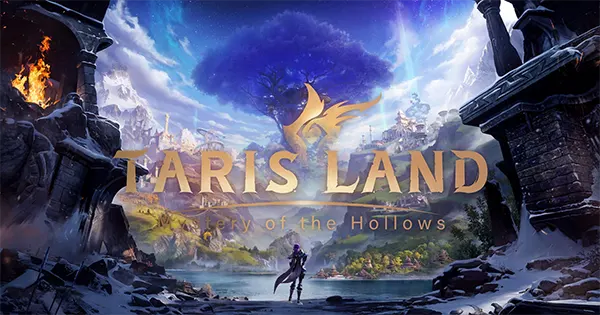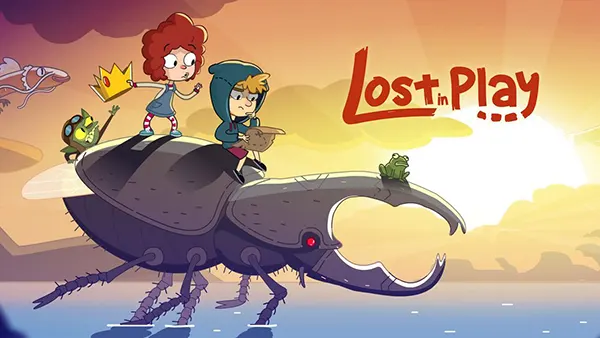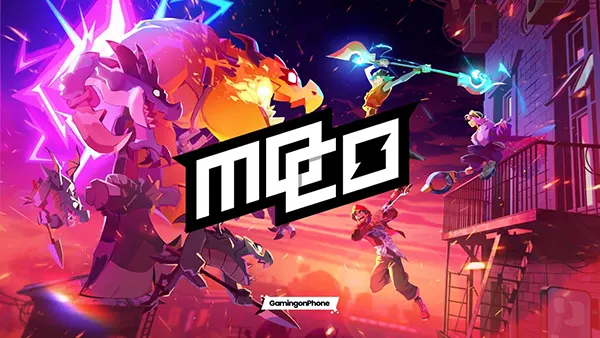Supercell, the Finnish studio behind hits such as Clash of Clans and Brawl Stars, entered 2024 with an ambitious project – mo.co. This mobile MMORPG seeks to merge the studio’s hallmark accessibility with the depth of role-playing worlds. The arrival of mo.co raises the question: can Supercell translate its mastery of mobile strategy into an engaging large-scale online role-playing experience?
Gameplay foundations and design approach
Mo.co positions itself at the intersection of action-driven combat and long-term role development. Unlike the casual loop of building and battling familiar from Clash of Clans, this title introduces players to expansive environments where exploration, loot collection, and cooperative missions take centre stage. The design clearly borrows from traditional MMORPGs, yet it simplifies mechanics to remain approachable on smartphones.
Combat is fast-paced and combines skill rotations with tactical positioning. Each class is designed to offer variety without overwhelming newcomers. Early feedback suggests that Supercell aims to avoid the grind-heavy pitfalls of the genre by introducing event-based challenges and seasonal content. This structure keeps engagement high while limiting fatigue from repetitive play.
From a visual standpoint, the studio preserves its signature colourful aesthetic. Environments are compact but carefully crafted, making them easy to navigate even on smaller screens. This emphasis on clarity over hyper-realism ensures that the game runs smoothly across a broad range of devices, an important factor in the mobile market of 2025.
Multiplayer mechanics and social aspects
A central strength of mo.co lies in its multiplayer framework. The game integrates seamless drop-in co-op, allowing users to team up for raids, boss fights, and resource hunts. Supercell has also prioritised balanced matchmaking, making cooperative play accessible without the barrier of forming fixed groups.
Guild systems are present but streamlined. Rather than building massive alliances, players can join smaller, more personal groups. This encourages regular interaction while reducing the pressure of maintaining large competitive communities. Seasonal guild objectives reward teamwork without demanding excessive time commitments.
The chat system is integrated with moderation tools that help foster a safe environment. In an era where toxicity remains a pressing issue in online games, Supercell’s choice to emphasise player protection enhances the overall reliability of the experience. This commitment also aligns with broader industry trends towards responsible game design.
Monetisation model and accessibility
Mo.co adopts a free-to-play structure, with optional purchases tied mainly to cosmetics and progression boosts. Importantly, core content – story quests, raids, and class upgrades – is available without payment. This decision reduces the risk of pay-to-win criticism, a factor that has harmed many MMORPGs in the past.
In 2025, accessibility remains a critical metric for mobile titles. Supercell ensures cross-platform account syncing, allowing progress to be preserved across iOS, Android, and tablet devices. Cloud saving and lightweight installation further expand the potential user base, making the game available even in regions with limited device storage.
Microtransactions are structured around optional skins and event passes. While these do not affect combat performance, they enhance personalisation. By focusing on cosmetic appeal, Supercell balances revenue generation with fairness, a delicate but essential task in sustaining long-term community trust.
Community response and industry perception
Since its late 2024 soft launch and wider rollout in early 2025, mo.co has attracted significant attention. Players familiar with Supercell’s legacy view it as a bold step outside the studio’s comfort zone. The overall response has been cautiously positive, highlighting its fresh approach while acknowledging the challenge of maintaining depth in a mobile MMORPG.
Industry analysts note that Supercell’s entry into the genre reflects broader shifts in mobile gaming. With smartphones increasingly capable of supporting complex online experiences, studios are no longer limited to lightweight mechanics. Mo.co positions itself as a bridge between traditional MMORPG depth and mobile convenience.
Criticism mainly revolves around long-term content variety. Some users express concern that seasonal updates must remain frequent and substantial to prevent stagnation. Supercell’s track record with live service games suggests that the team is prepared for this challenge, but expectations are high.

Long-term prospects and future updates
The success of mo.co will depend on its ability to sustain engagement through consistent content updates. Supercell has already confirmed plans for quarterly expansions introducing new classes, zones, and cooperative challenges. This commitment signals that the game is not a short-term experiment but a serious investment in MMORPG design.
Another factor influencing longevity is the studio’s ability to adapt to player feedback. Early patches in 2025 demonstrate responsiveness, with balance changes addressing overpowered abilities and improving matchmaking fairness. Such adjustments indicate that Supercell aims to nurture a healthy competitive environment rather than chase short-term monetisation gains.
Finally, the wider mobile gaming landscape in 2025 is more competitive than ever. Rivals such as Tencent and NetEase continue to push large-scale online titles. To stand out, mo.co must refine its identity as an accessible yet deep MMORPG that balances casual play with meaningful progression. If successful, it could mark a new chapter not only for Supercell but for the evolution of mobile role-playing games.
Final assessment of Supercell’s MMORPG experiment
Mo.co demonstrates that Supercell can extend beyond its established formula and experiment with larger, more complex genres. The project highlights both the opportunities and risks of adapting MMORPG concepts for mobile devices. While not without limitations, its launch shows that such a transition is viable when supported by strong design principles.
The emphasis on fair monetisation, cooperative play, and accessibility makes mo.co stand apart from less sustainable competitors. Although the long-term trajectory will depend on content expansion, the foundations appear solid. Supercell’s reputation for polish and balance suggests that future updates will likely strengthen the experience.
For players, mo.co offers a glimpse of how MMORPGs can evolve on smartphones without losing their identity. For the industry, it represents an important case study in adapting traditional game genres to modern mobile audiences. As of 2025, the verdict is clear: Supercell’s bold step into MMORPG territory is promising and may shape the path for others to follow.







